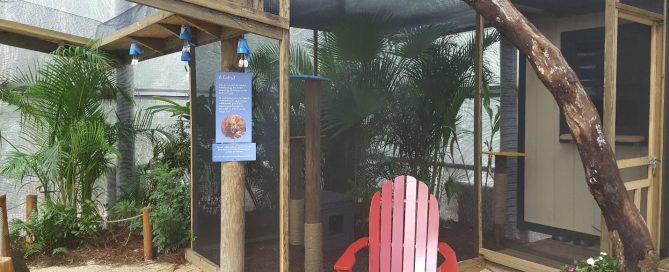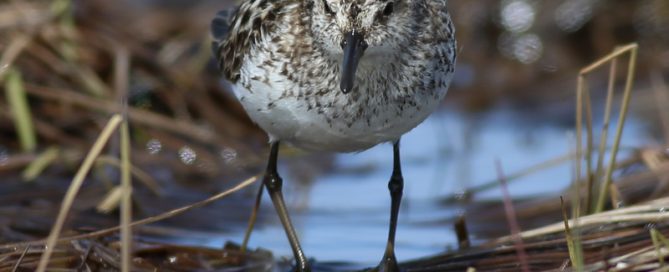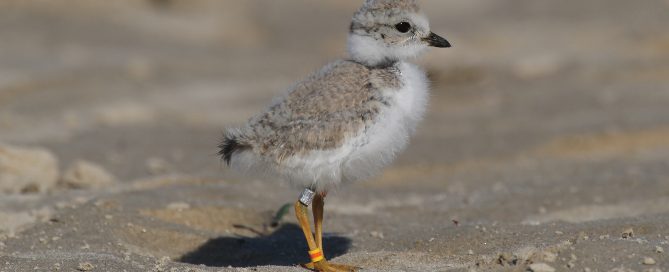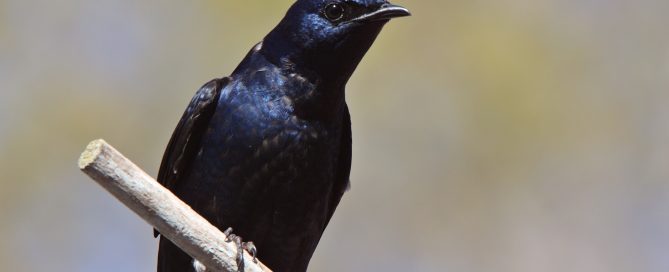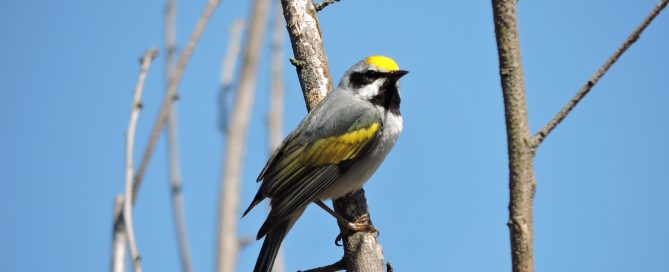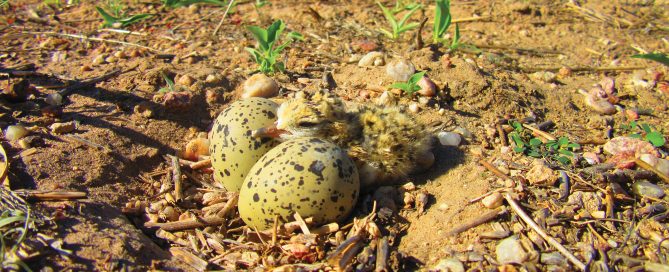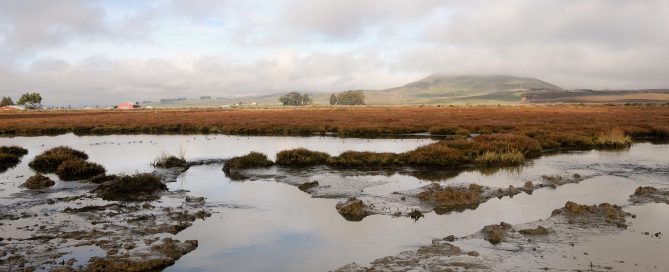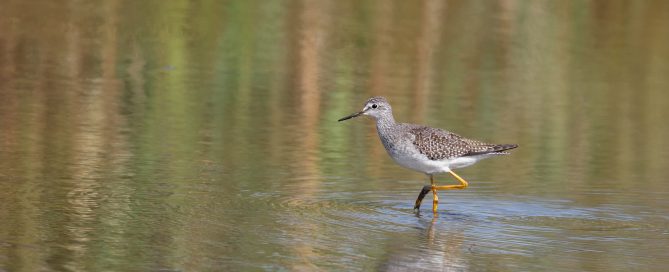New Conservation Priorities Help Bird Groups Speak with One Voice
The bird conservation community is complicated, with local, state, regional, national, and international partners representing many different interests across bird conservation. NABCI’s unified list, which finds areas of consensus across all bird conservation groups, ensures that consistent, cross-cutting needs are communicated, and provides emphasis to priorities that the broader community supports. A short, concise list [...]

